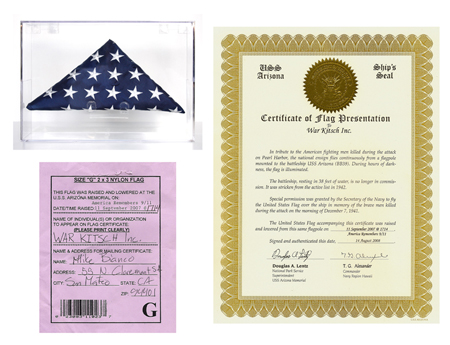This summer, Ballroom Marfa hired a new curator, Mike Bianco. He replaces Alicia Ritson, who began the graduate program at the Bard College Center for Curatorial Studies this fall.
Although he’s new to Ballroom, Bianco’s time in Marfa goes back half a decade. He first came to Marfa in February 2005 to intern at the Chinati Foundation, where he met his wife, Emily Brink, a fellow former intern and a current Ph.D. candidate in art history at Stanford.
Bianco’s resume includes stints in both the commercial gallery and the nonprofit worlds. He spent two and a half years at the John Berggruen Gallery in San Francisco, directed Queen’s Nails Projects, an experimental, artist-run space also in San Francisco, and founded the Waypoint, his Marfa-based curatorial effort.
Bianco is both a practicing artist and a curator. (The San Francisco native studied ceramics at Alfred University in upstate New York and he holds an M.A. in curatorial practice from California College of the Arts.) When he outlines his ideas for Ballroom programming, it’s obvious his artistic and curatorial practice inform each other.
For his curatorial debut at Ballroom (scheduled for 2012), Bianco wants to develop an exhibition focused on monuments and memorials and their effect on the construct of memory. These are concepts he’s explored in his own research and artistic practice, including traveling to Japan, France and Hawaii to observe the use of space and archive physical materials from the sites of war-related traumas.
“I physically archived the big geographical moments of World War II,” Bianco explains. In 2008, he gathered dirt from Hiroshima and Nagasaki, sand from Normandy and water from Pearl Harbor. The artist/curator also observed the different ways the events that occurred on these sites were memorialized.
“Hiroshima is a monument to peace, but in a strange way it minimizes the trauma,” Bianco says of the city’s peace park. He describes Nagasaki as a non-site or a forgotten place. During his visit to the site of the Pearl Harbor bombing, Bianco was alarmed by the amount of propaganda he encountered.
“There were exhibits linking Pearl Harbor to Iraq,” he says. This inspired him to create Untitled (intervention at Pearl Harbor), where the artist recontextualizes a gift shop flag flown above the U.S.S. Arizona on September 11.
This focus on making and artistic practice also shows through in Bianco’s keen interest in Ballroom’s mission to commission new works from artists.
“We can commission new works to help artists realize projects they wouldn’t be able to realize otherwise,” he says. “That’s a great mission.”
Although Bianco considers local residents and tourists visiting Marfa to be Ballroom’s main audience, he also sees artist commissions as a way to increase Ballroom’s audience.
“When a project goes out into the world it reaches a larger audience,” he says.
Take, for instance, the Ballroom Marfa-produced Prada Marfa installation by artists Michael Elmgreen and Ingar Dragset, which has grown to be almost as synonymous with Marfa as Donald Judd’s concrete or aluminum works.
Bianco’s other artist-centric programming ideas include entrepreneurial classes for local artists, teaching skills such as budgeting, creating business plans, and sales.
“I’d like to give creative people the means to use business tools to supplement their income,” he said.
Although we have to wait another two years to see the results of Bianco’s curatorial efforts in Ballroom’s gallery, it’s safe to say that the show will be smart yet accessible.
“I believe in being a populist without dumbing things down,” Bianco says. “I like nerdy shows. There is a real fear of being intellectual in this country and I fundamentally disagree with it.”





